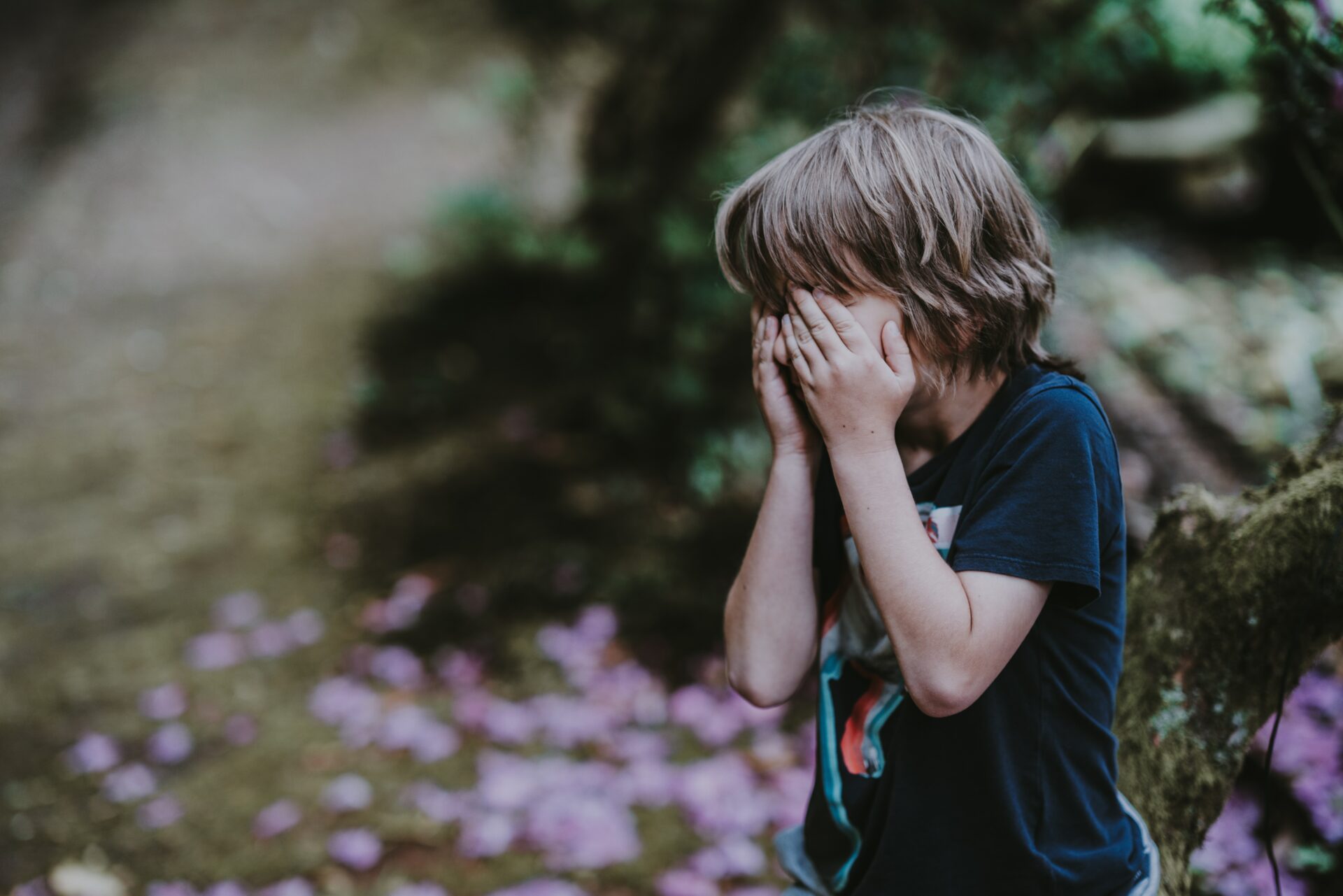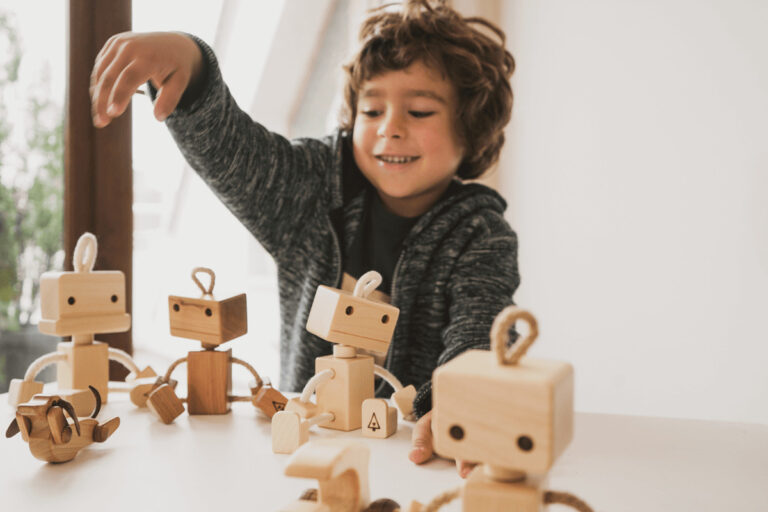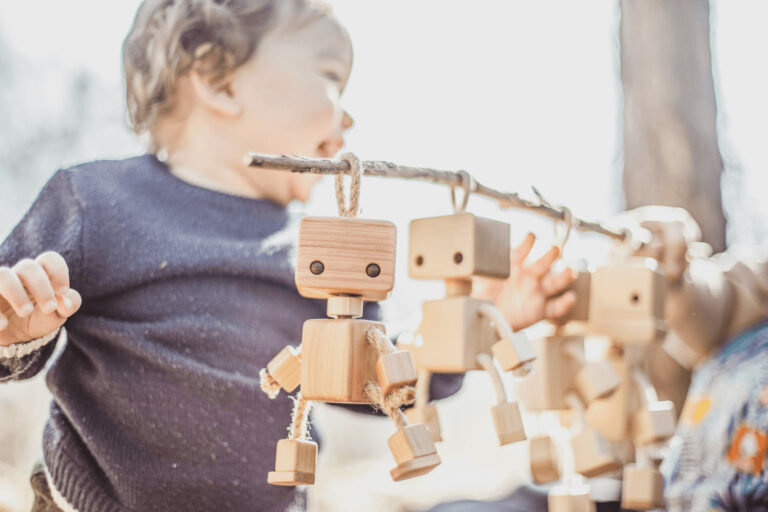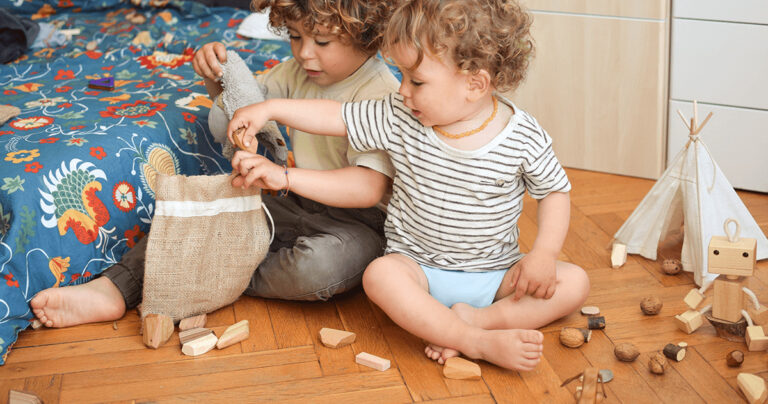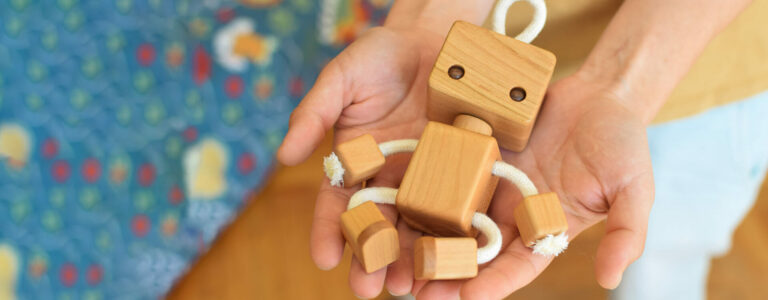Dangerous toys or toys that endanger the health and lives of children, substandard toys that break on first use, toys that are harmful to the environment and produced in inhumane working conditions – toys on the market often hide unpleasant secrets. As parents, we strive to provide the best for our children and that is why it is important to be informed and careful when shopping (and to give guidance to our loved ones who want to make us and the child happy with a gift).
First and foremost, of course, is the safety of the child. Hundreds of toy-related accidents occur worldwide each year, some of which are fatal (you can read more at https://toysafety.org). To ensure the safety of your child, all toys must be of good quality, selected according to his age, make sure that they are assembled correctly and be used according to the purpose specified by the manufacturer.
In the territory of the European Union, all goods for free sale should be marked with the “CE” mark. This ensures that the toy meets the safety requirements introduced by the so-called standard EN 71 for its mechanical and physical properties, chemical composition, fire resistance, etc. The problem is that there is no requirement to go through mandatory tests before placing the toy on the market. In most cases, a unilateral declaration by the manufacturer that the necessary standards have been met is sufficient, which in practice means that the responsibility for the safety of children is in our hands.
The most common cause of toy injuries is ingestion or aspiration of small particles. Such accidents are especially common in children under 3 years of age. When choosing a toy for a baby or child under 3, it is important to make sure that it is not disassembled into pieces small enough to be swallowed, and that there are no parts of a similar size that can be torn off.
Toys containing small magnets are also not suitable for children under 3, as well as toys with ties, cords, etc. with a length of more than 18 cm. If you buy a toy with batteries, make sure that the child can not just them removed, as they may pose risks of choking and chemical burns.
The materials from which the toy is made must also be safe for health, especially for children who are still examining objects by placing them in their mouths. Make sure that the paints and materials used are not toxic, and in case you are not sure – do not allow the child to paw or lick it. Where possible, choose toys made of natural materials, such as wood, for which the manufacturer can ensure that no unhealthy paints or varnishes are used.
Also keep in mind that many materials are considered acceptable in small concentrations, but with increasing concentrations to which the child is exposed, they pose health risks (eg so-called CMR substances). Simply put, having them in a toy may not be a problem, but if most of the toys a child plays with contain them, there is a risk to their health.
Broken toys can pose a risk of cuts and other injuries, so inspect your child’s belongings regularly and remove any damaged items immediately.
Be especially careful if you shop from websites based outside the EU or from unauthorized retailers, as well as when you buy second-hand toys and you are not sure about their origin. Although attractive with their low price, such toys can often be of poor quality and dangerous.
Small manufacturers that you can contact in person and that closely monitor the process of toy production are a very good option. They can provide you with first-hand information on issues of interest to you, and are more open to feedback and recommendations. And last but not least – behind such businesses are usually people who take their work to heart, they often have children themselves and their experience as parents is the basis of product development.
